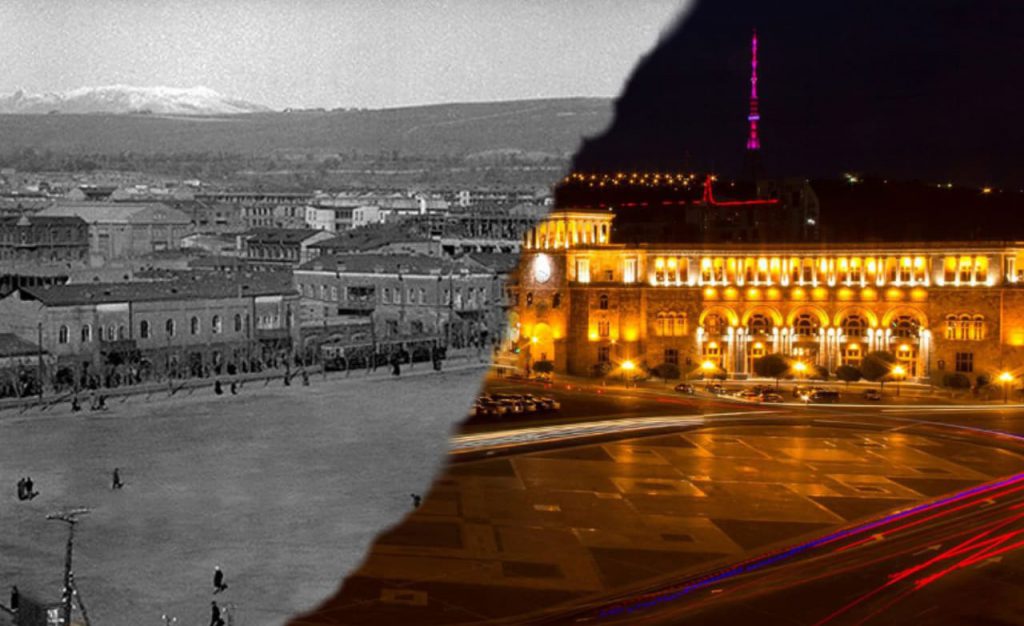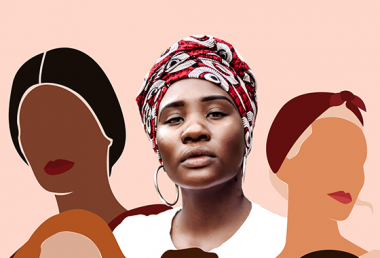 Pixomatic Team
Pixomatic Team
Our lives change even if we do not consider the change important. Let us say, you used to walk down a street to your favorite coffee shop but now that street is blocked by a new hotel. This change will make you walk down a different street, maybe even a longer one, which will trigger your memory. A before and after photo is important because it can visualize a personal memory and document history at the same time. All it takes are two photos of the same place or person and a photo editor.
We are a part of history every step of the way, and our photos can help us visualize that. When taking a snap, we don't always realize the importance of our photo. The fact that we were at a specific time and place only becomes a special memory if something makes our lives change. For example, many couples found out that they stood under the same monument as kids or photobombed eachother's photos only after marriage. Does that not sound amazing? Look through your photo archives and see if you can construct a before and after photo collage.
Quarantine streets
A change that many of us face around the globe is the ‘stay at home’ policy brought by the COVID-19 pandemic. It affected many lives, families, and businesses, but also our planet on the whole. News outlets document traffic absence and journalists show places that used to be packed with people now deserted. Numbers and separate images are not as effective until joined into a before and after photo collage. The strength of these Eiffel Tower photographs is in their contrast: before and during the quarantine.
At times, images of empty streets, abandoned children’s playgrounds, and locked shops can be shots from a horror film. Fortunately, the internet is filled with a never-ending flow of humor and memes that can brighten your quarantine days. For example, the image on the right is a New Yorker’s response to the statement “experts recommend sticking to your daily routine while working from home.” The photo is sarcastically amusing on its own but can accurately document the current situation with a before photo on the left.
City growth
As you can see, before and after photos can have broader meanings than a fitness or makeup transformation. You can use it as a way of visualizing world history through photographs of public spaces personal stories, or architecture. Leaving aside the topic of empty quarantine streets, let us remember what transformations our cities went through in the past. Before and after photos of a place are valuable because they record history. Such time-lapse collages are most interesting when photos overlap. Take a look at this collage of the Yerevan Opera Theatre in Armenia as an example. The before and after shots overlap, aligning the columns and windows to show the strength of the transformation.
How is a before/after photo made?
The editing process is very simple and can take 5 minutes at most. The trickiest part is finding or taking complementary photos. The task is to match the shot place, size, and angles for a seamless edit. The same principle can even be applied to portraits.
1.. Start by finding suitable images in Stock photos using Unsplash or Bing search within Pixomatic photo editor, or import from your personal photo gallery. Pick a place and search for old and recent photos. It is desirable to find photos taken from a similar position.
2.. Set one image as the background and add the second as a separate Image Layer. In this example, I am making a before and after photo of a building wall art to show how colors can transform a plain facade. I decided to set the plain building as the background and layer the painted version on top.
3.. Next, crop and align the layers to match the shapes and angles.
4.. Finally, refine the layer image, erasing a line down the middle. The line can even be slanted to leave a ripped paper effect. Then, choose the half you want to keep and erase the rest of the photo. The strength of the brush is up to you, it can be clear-cut or faded.
There you have it! Stay creative and surprise us with original ways to show the passage of time.












